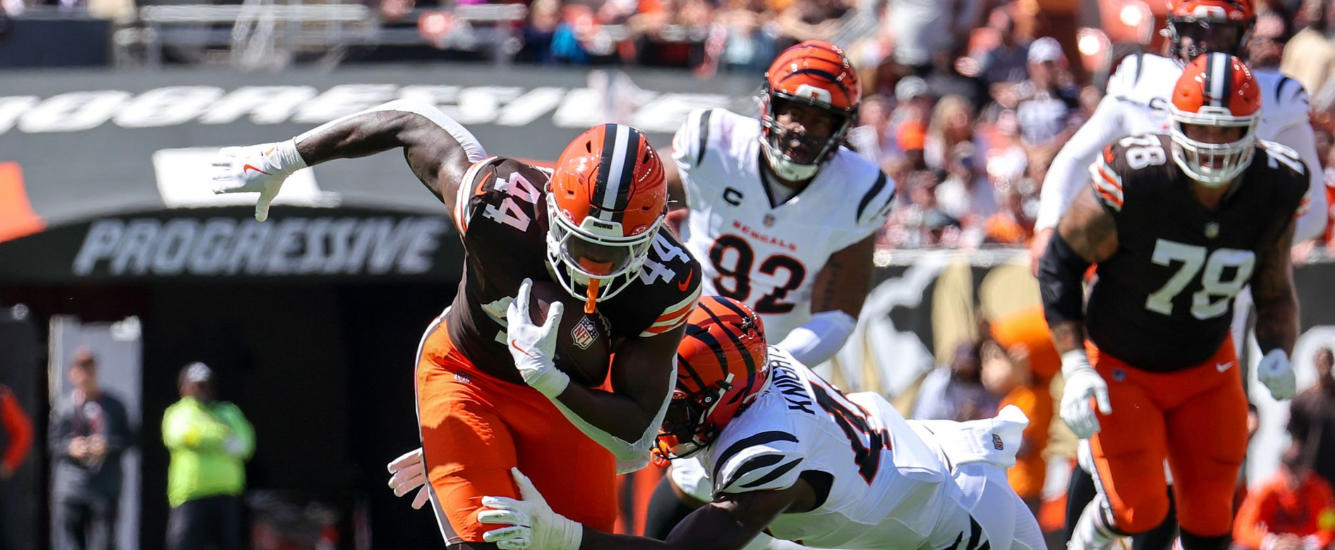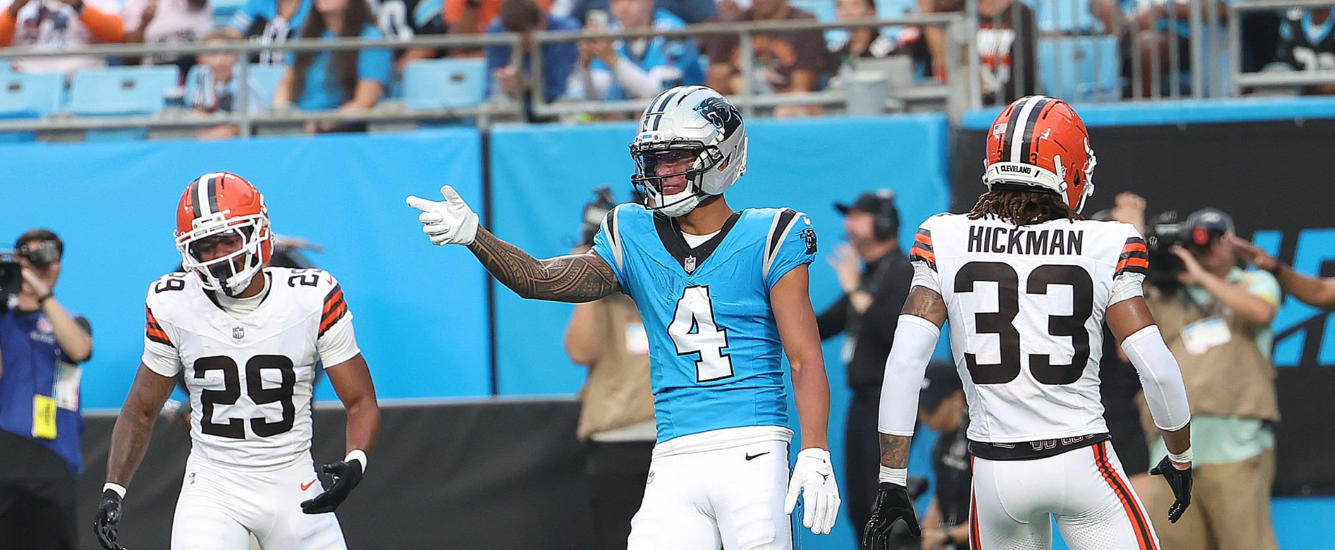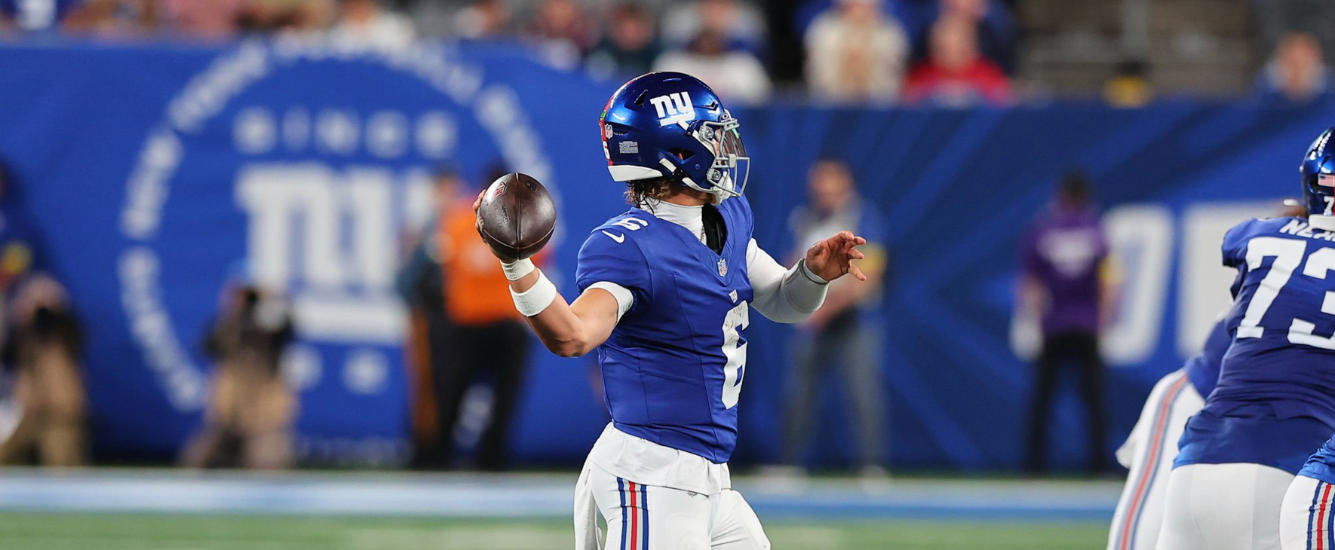Blair Andrews helps you locate a simple hack that has delivered a 40% RB breakout rate. Want to find four RBs about to explode? Read on.
As we hit fantasy football crunch time, the RotoViz team is helping you find the most precious of fantasy commodities: the league-smashing running back. Shawn Siegele has started the world-famous Zero RB Candidates Countdown. Michael Dubner has one-upped him with How History Helps You Grab the RB Playoff Champions, and Kevin Szafraniec helps you locate the next James Conner and David Johnson.
It’s a good week to be a RotoViz subscriber.
My recent work has featured a series of deep dives into wide receiver breakouts. If you’re going to execute our WR-heavy strategies, it’s imperative to understand the relationships between experience and production, the myths about age curves, the power of secondary breakouts, and the role of talent.
- These Second-Year WRs Are Going to Crush Expectations and Win Fantasy Titles
- It’s Easy to Get the Age Part Wrong: How to Exploit Misconceptions About Age and Fantasy Scoring
- The Best Thing You Can Ever Do Is Chase Star Players: Why Rookie Efficiency Foreshadows Greatness
- It’s Not Over When a Player Breaks Out: Why the Jump to Stardom Is the Last Big Exploitable Loophole
- Misconceptions About Wide Receiver Age Curves Create Opportunity: 3 Redraft and 3 Dynasty Targets
- 7 Undervalued Wide Receivers You Should Draft Right Now, and 14 More to Add to Your Watchlist
So if this is Running Back Week at RotoViz HQ, it’s the perfect time to examine RB breakouts.
How Do RB and WR Breakouts Differ?
First, simply being on the field isn’t enough for a WR to be at least minimally productive, whereas it can be for RBs. WRs have to get open to “earn” a target. RBs don’t have to “earn” carries — or arguably even targets — in quite the same way (which is not to say that they don’t have to play well). This means a RB who earns the coaching staff’s trust enough to get offensive snaps is likely going to put up some production.
Population Changes
Second, WR careers tend to be longer than RB careers, which gives more opportunities for late WR breakouts. A late RB breakout isn’t impossible. However, consider this chart that shows the makeup of the RB population.

Over 85% of RBs in the NFL over the last eight years have been 28 or younger. When you compare WRs on the same chart, the difference appears subtle. But note how much lower the peak at age 24 is for WRs.

WR ages are less concentrated than RB ages, largely because there are more WRs playing in the NFL at older ages. In other words, there are simply fewer RBs playing at older ages, so older breakouts ought to be less common.
Experience and Career Arcs
This becomes slightly clearer if we examine the population by experience, rather than age.

At both positions Year 2 is higher than Year 1, but this is mainly because of the number of rookies at both positions who don’t play any offensive snaps or record any offensive statistics. Again, however, you see that the percentage of RBs playing in Years 4 and 5 is higher than that of WRs. Meanwhile, the percentage of WRs playing in Years 8, 9, 10, and 11 is higher than at RB. While the shape of the population curves are largely the same, the details speak to some subtle differences, which do actually make a difference.


















